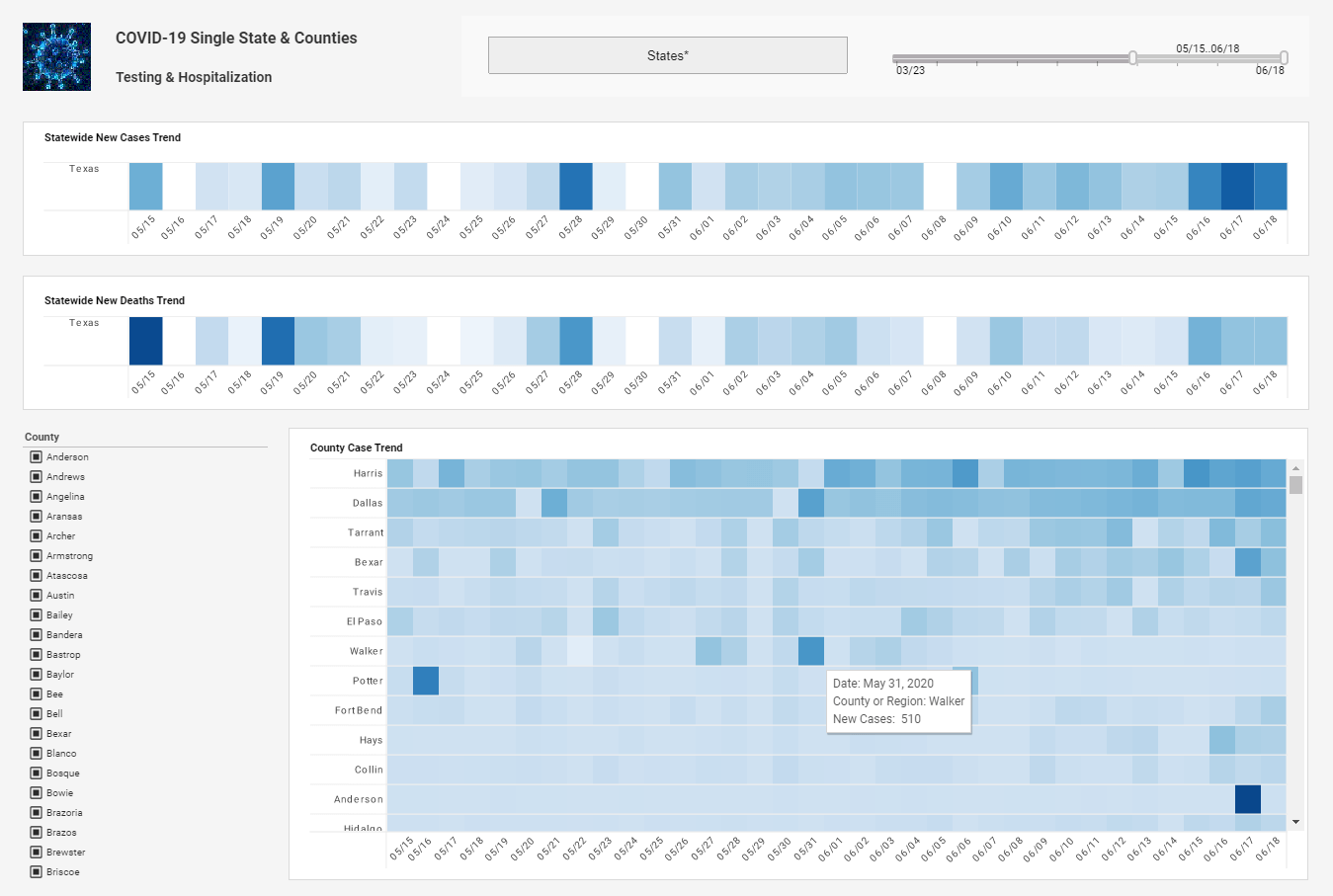InetSoft Webinar: Deliver Real Time Data
This is the continuation of the transcript of the DM Radio show "Avoiding Bottlenecks and Hurdles in Data Delivery". InetSoft's Principal Technologist, Byron Igoe, joined industry analysts and other data management software vendors for a discussion about current issues and solutions for information management.
Richard Walker: Thanks a lot, Eric, I really appreciate it, and to leverage what you, Philip, and the others have said, what we see is sort of the big trend. Around this real data people want to create an agile business, and that sort of means, how do I get incremental value, how do I deliver value quickly? But by project, as opposed to a big bang where I spend years to build it.
Where it's flexible. Where you can make things iterative and self service, a little bit like Byron was talking about earlier and still deliver that real time data. To give the best example of a customer that was very similar to what Ian had brought up was they were always getting new data requests, and they were always building out another database or another materialized view or data model.
| #1 Ranking: Read how InetSoft was rated #1 for user adoption in G2's user survey-based index | Read More |
This was taking them weeks to deliver that information and by the time they get it done, the requirements have changed, so what they have done is obsolete. Now the requirements comes in, and they use their data virtualization layer to actually immediately create a virtual view for every client that comes in, and they use that now to do a rapid prototyping with that client.
You are getting immediate value. The client is now interacting with them in a real time basis in terms of getting real time data, and they start building up this semantic layer that’s extracted from the data services, so they can now build across in all these different data sources. What’s happened is about half the databases and data models that they were in the past budgeting for now have gone away. Their users are saying they are getting the performance or getting the data that they like, and even more, they are getting better data.
One of the unique things that the data virtualization platforms can do is span across multiple different types of streams that you are now seeing. With no SQL and with hierarchical relational database, as well as all the different unstructured data, data virtualization allows you to bring all those different streams together, without having to go through unnatural acts to the data, trying to force them into a single stream.
You are actually now actually delivering better data to your customer at a lower cost and in a timely fashion. So that’s what we have seen is to get that agile business, having that data virtualization sort of becomes that last leg of that stool when you look at sort of that pervasiveness of giving a Web presentation layer, or an abstracted SOA layer providing the data services. Data virtualization sort of is that last leg that bridges that last gap that was missing in sort of creating that vision of that final architecture that you are now seeing in creating that agile business.
Read what InetSoft customers and partners have said about their selection of Style Scope for their solution for dashboard reporting. |
Eric Kavanagh: Yeah that’s a good point of agility that we hear lot about these days. Obviously organizations want to be able to identify either problems or opportunities and then move on them quickly and a lot of times information helps to complete that picture. But let's dig more into what you are seeing out there in terms of trends. Philip mentioned that whole point about real time, and that’s obviously a pretty hot topic these days. We are seeing more and more organizations try to close the proverbial loop and turning to those operational systems to change things. Are you seeing a lot of that activity as well?
Jim Ericson: Yeah we were just at a customer today who really had a problem with the ability to create relationships between these different systems in a very quick agile way. They need to create the semantic relationships that didn’t exist in the data itself, and so what they’re saying is that their customers, whether they’re external or internal, need to have that flexibility, that self-service, that ability to really get the information quickly because their needs are changing and the market place is changing.
| Previous: Data Monitoring Side of the Equation |



